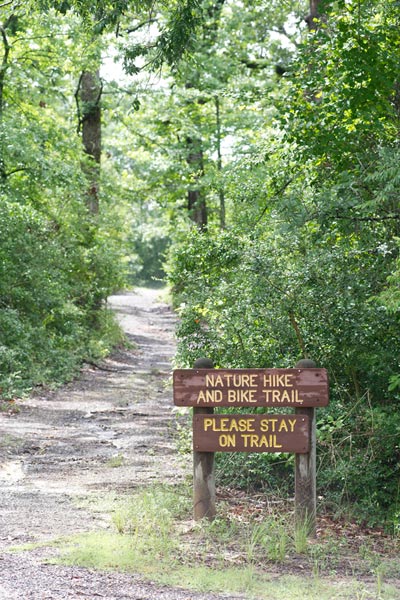History
 The 1,847-acre Fort Boggy State Park lies in Leon County. Eileen Crain Sullivan donated the land to the Texas Parks and Wildlife Department in 1985 for a state park. The park opened in 2001.
The 1,847-acre Fort Boggy State Park lies in Leon County. Eileen Crain Sullivan donated the land to the Texas Parks and Wildlife Department in 1985 for a state park. The park opened in 2001.
Settlement
In early 1840, the John Byrns and Christopher C. Staley families of Tennessee established the first settlement north of the Old San Antonio Road and between the Navasota and Trinity rivers. John and James Erwin and their families from Mississippi soon joined them, along with several other pioneer families.
Two tribes of Native Americans lived in the area. The Keechi had a village about three miles north of present-day Centerville. The Kickapoo lived along the Trinity River near what is now known as Kickapoo Shoals. The tribes raided settlements occasionally for livestock.
Protection
In February of 1840, Native Americans killed C.C. Staley. His neighbors took action to protect themselves. They built a fort and requested a company of Texas Rangers.
The settlers built a palisade fort (made up of upright logs set in the ground) in the Erwin Settlement. It bore the Erwin family’s name at first. But because it was near Boggy Creek, settlers soon began calling it Fort Boggy. The fort was 75 yards square and enclosed two blockhouses and 11 dwellings. It housed 75 people by the end of 1840.
Republic of Texas President Mirabeau B. Lamar authorized the formation of a company of Texas Rangers for the fort. Capt. Thomas Greer directed the rangers. Indian attacks continued in the area, and Greer was killed in 1841 on an excursion to scout Keechi Creek.
Plagued by sickness, the Byrns and Erwin families left the fort and returned to their respective homes.
After a few years, Indian attacks decreased and the need for the fort lessened. It fell into disrepair. Expanding settlement in the region shifted the center of population toward nearby Leona.
Farmland reclaimed
White and African-American families farmed this land for almost a century. The Sullivan family consolidated the property and took it out of cultivation in the 1930s.
After 60 years of lying fallow, this land along Boggy Creek has largely returned to the natural beauty of 150 years ago.
